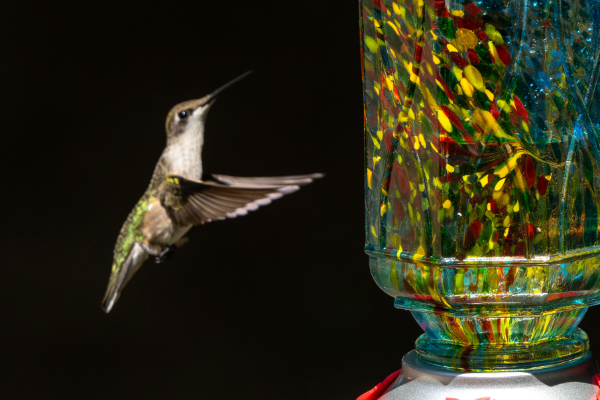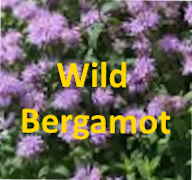Quick Tips for Making Fresh Hummingbird Nectar Every Time
Making fresh hummingbird nectar is a simple yet essential task for attracting and nourishing these delicate birds in your garden. Hummingbirds rely heavily on the energy-packed sugars found in nectar, so providing a consistent, fresh supply can keep them visiting your feeder day after day. Whether you’re new to hummingbird feeding or looking for ways to improve your nectar-making routine, these quick tips will help you whip up perfect nectar every time.
Why Fresh Nectar Matters
Before diving into the tips, it’s important to understand why fresh nectar is crucial. Hummingbird nectar is essentially a sugar-water solution that mimics the natural sugars found in flower nectar. When nectar sits too long, it can ferment or grow mold, which is harmful to hummingbirds. Making fresh nectar regularly prevents these issues and ensures the birds get a safe, nutritious meal.
Use the Right Sugar-to-Water Ratio
The foundation of good hummingbird nectar is the correct sugar-to-water ratio. The ideal mixture is typically 1 part white granulated sugar to 4 parts water. This ratio closely matches the sugar concentration found in most natural flower nectar and provides the energy hummingbirds need without being too sugary or too dilute.
- Avoid using honey, brown sugar, or artificial sweeteners. Honey can promote fungal growth, and artificial sweeteners offer no nutritional value.
- Use distilled or filtered water if your tap water is heavily chlorinated, as chlorine can affect the nectar’s freshness and taste.
Boil the Water to Ensure Cleanliness
One quick tip for making fresh hummingbird nectar is to boil the water before mixing it with sugar. Boiling serves two important purposes:
- It dissolves the sugar more effectively, ensuring a smooth solution.
- It sterilizes the water, killing any bacteria or mold spores that might spoil the nectar faster.
Once the water boils, remove it from heat, stir in the sugar until fully dissolved, and then let the solution cool before filling your feeder.
Prepare Smaller Batches Often
Instead of making a large batch of nectar at once, prepare smaller quantities and replenish your feeders every 3 to 5 days, especially in hot weather. High temperatures accelerate fermentation and mold growth, which can be harmful to hummingbirds.
- During cooler months or less active feeding seasons, you can extend the time between refills—but still aim to change the nectar regularly.
- If you notice the nectar looking cloudy, bubbling, or developing an odor, clean the feeder thoroughly and replace the nectar immediately.
Clean Feeders Thoroughly and Regularly
Fresh nectar alone isn’t enough if your feeder isn’t clean. Residual nectar can harbor mold and bacteria that cause spoiled nectar faster. Make sure to clean feeding stations regularly with hot, soapy water or a diluted vinegar solution.
- Use a bottle brush or specialized feeder cleaning tool to reach all crevices.
- Rinse well to ensure no soap or vinegar remains before refilling with fresh nectar.
Use No-Red Dye or Artificial Colors
Although many commercial nectars and feeders use red coloring to attract hummingbirds, research has shown that red dye is unnecessary and possibly harmful. Hummingbirds are naturally drawn to the red coloring of the feeder itself and flower petals, so avoid adding any artificial coloring to the nectar.
Keep Feeders in the Right Spot
After preparing the fresh nectar, place the feeder where hummingbirds can spot it easily but away from direct, intense sunlight. Too much heat can speed up fermentation. Ideally, find a shady location or hang the feeder near flowering plants to provide a natural and safe environment for the birds.
Consider Adding Ant Moats or Guards
One quick tip that can keep your nectar fresh longer is to use ant moats or guards on your feeders. Ants and other insects are attracted to the sweet nectar and can contaminate it, increasing the chance of spoilage. Ant moats are water-filled barriers that prevent ants from reaching the nectar while not harming the hummingbirds.
Summary
Creating fresh hummingbird nectar doesn’t have to be complicated. By following simple steps—using the correct sugar-to-water ratio, boiling water, preparing small batches frequently, cleaning feeders regularly, and avoiding artificial dyes—you can make nectar that keeps your humming visitors happy and healthy. With attention to detail and a little preparation, you’ll ensure your garden buzzes with the vibrant energy of hummingbirds throughout the feeding season.






